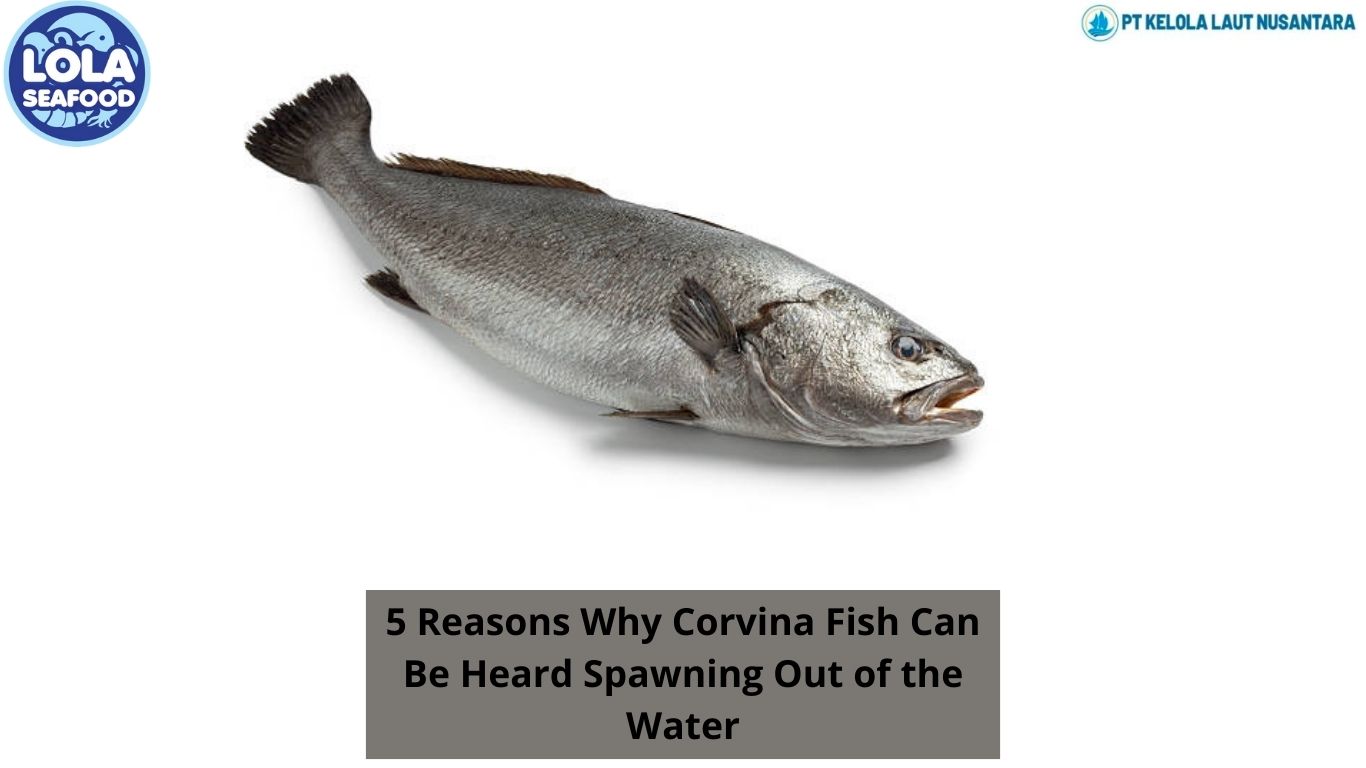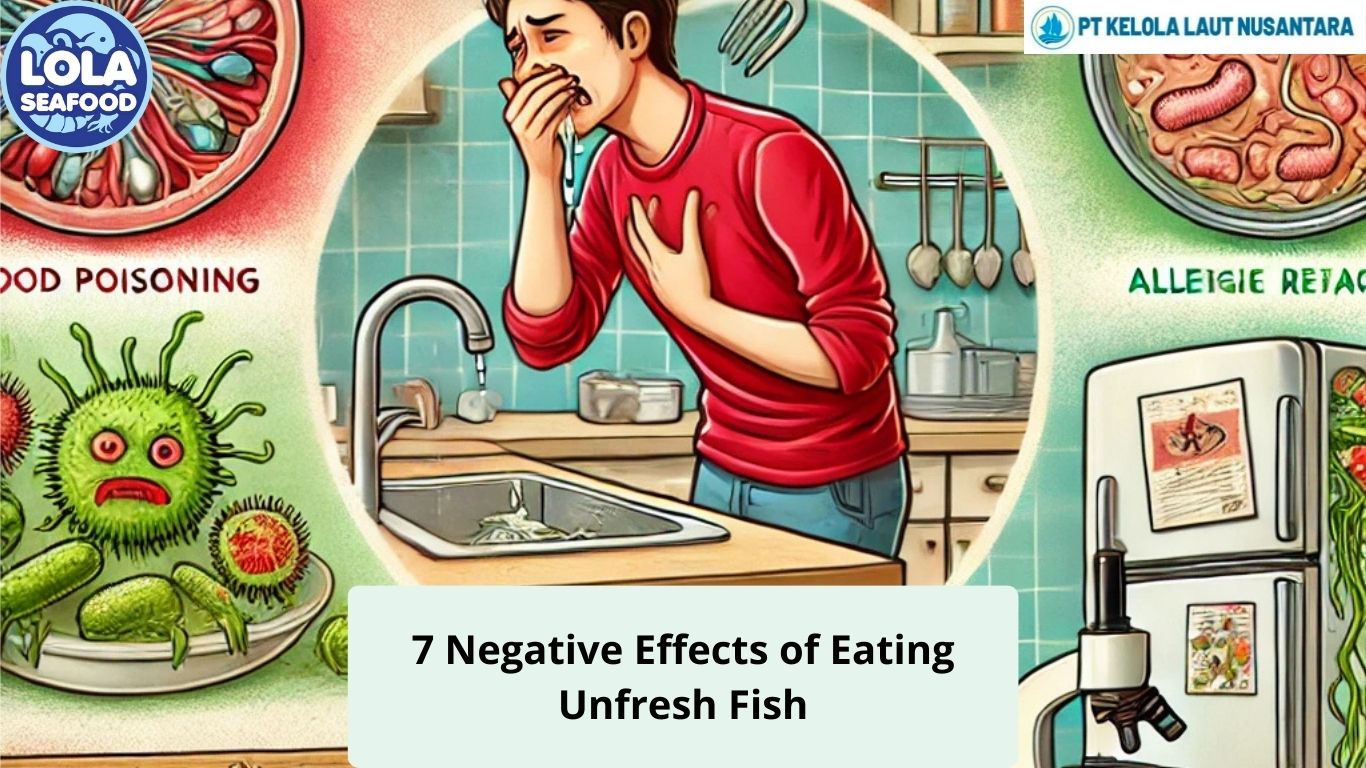Microbial Characteristics of Dried Fish
By. Najih - 21 Oct 2024.jpg)
Dried fish is a rich source of protein, lipid and minerals that can serve as a promising source of nutrients to alleviate malnutrition in low-income countries. Nowadays, fish drying is becoming an increasing practice to extend the shelf life of excess catch in areas where other preservation mechanisms such as cold storage are scarce. However, since the drying is often performed in a rural setting with poor hygienic conditions, the microbial quality of such products is uncertain.
One of the most concerning factors when it comes to the edibility of dried fish is whether the microbial constituents in the products are at safe levels. This of course is highly dependent on the method of drying and the extent of dryness the fish is able to reach. Additionally, the ingredients added to the dried fish also play an essential role in managing the microorganisms in dried fish, as does the drying environment the fish is exposed to. In the case of sun-drying, the microbial characteristics of dried fish change due to the exposure of fish to high temperatures and ultraviolet (UV) radiation from the sun. It was revealed that Escherichia coli was found in naturally sun-dried fish whereas Salmonella spp. and Vibrio spp.
For salted dried fish, the microorganisms present are usually halotolerant or halophilic, especially if the microbe is familiar with marine salinity conditions. Not only could the microbes come from the fish itself, but also from salt. The presence of Bacillus spp., Micrococcus spp., and Coryneform bacteria in salt could be the cause of dried fish spoilage, especially when the fish is salt-dried. Several fungi genuses like Aspergillus, Rhizopus, Penecillium, Absidia and Mucor are also found in salted fried fish as they possess halotolerant or halophilic properties. From this, it can be concluded that mere salt-drying is inefficient to eliminate harmful microorganisms from dried fish products. As such, salted fish are normally sun-dried afterwards to achieve lower levels of water content and remove harmful microorganisms.
Dried fish is supposed to contain less microbial activity, and certain factors are still able to affect the presence of microorganisms in the products. In fact, some techniques could even draw in microbes from the environment, like with open-air sun-drying and halophile-attracting fish salting. Generally, it can be said that the key to reducing the microbial activity in dried fish would be to decrease the water activity in the product.








